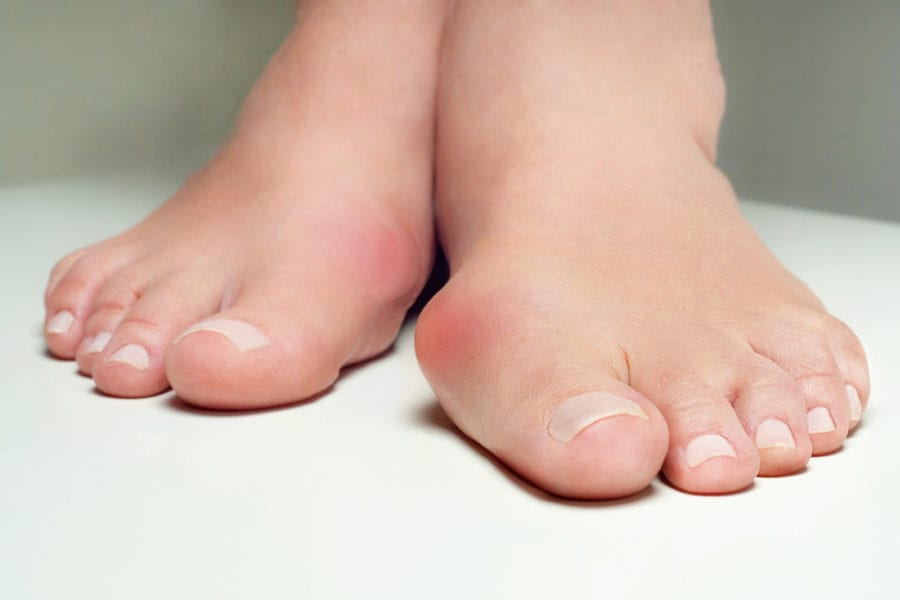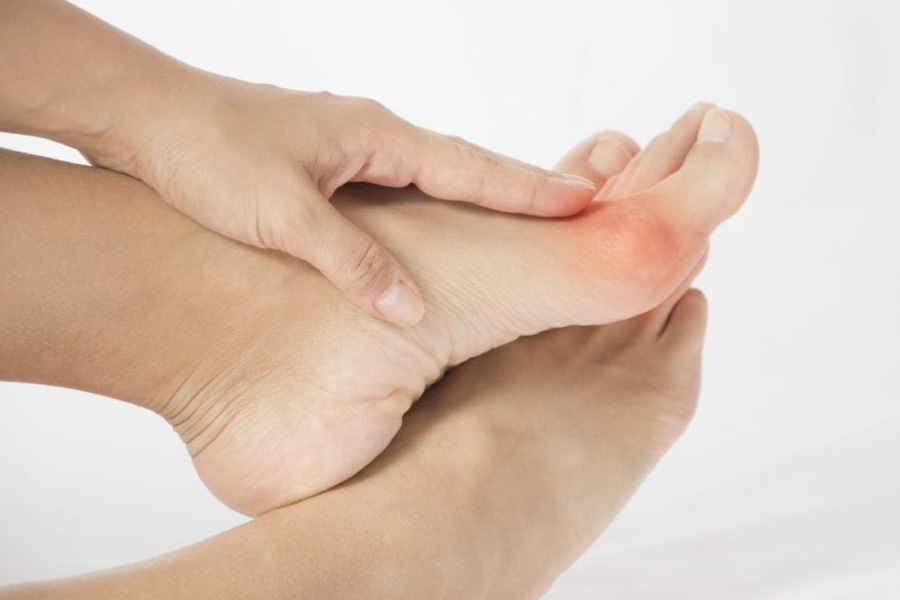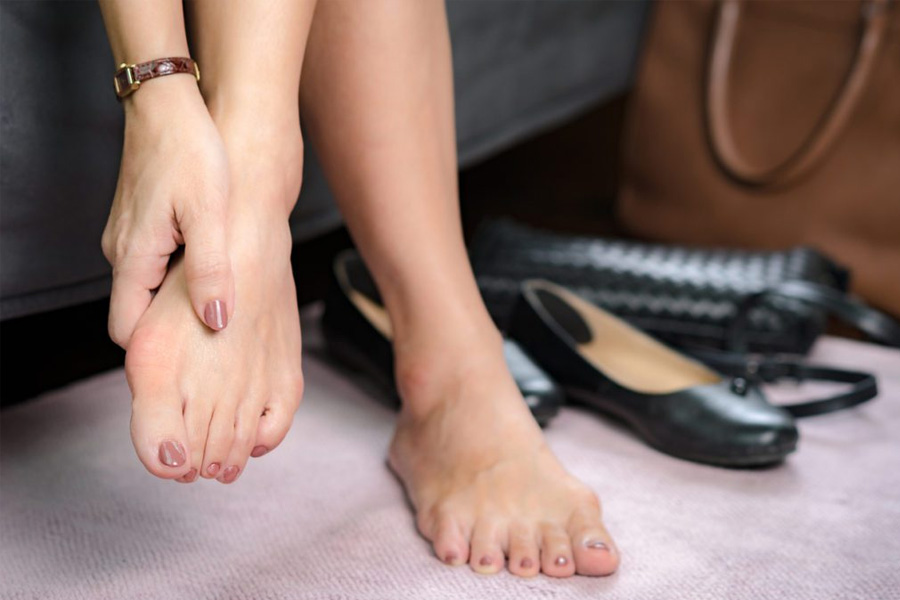Bunions can be annoying and bothersome. They can limit your movement and even cause unnecessary pain for you. Most people ignore it and even suffer through its worst effects.
Bunions can do immense damage to your feet and your quality of life. So, we’ve listed down what could happen to an untreated bunion and how you can prevent these from happening.
How Common Are Bunions?
It’s estimated up to a third of the population will develop bunions. A bunion is a bony bump that grows on the big toe due to pressure on the toe joint. It can make bending the big toe painful, affect walking, and limit your day-to-day activities.
Long-Term Effects of Delaying Bunion Treatment
If you’re putting off treatment for whatever reason, you may be doing more harm than good. Here are the long-term effects that may occur if you choose to delay bunion treatment:
Increased Pain
While some bunions will not cause any problems, others cause pain and swelling around the joint. The pain is usually felt on the big toe joint or the bottom of the foot. The skin on the sole of the foot can also thicken and become hard. In some cases, the nerves become damaged and cause numbness.
If you refuse to seek bunion treatment, the pain will likely worsen, especially if you continue to wear ill-fitting shoes. The longer you put off bunion treatment, the higher the chances the pain and discomfort will increase over time. The pain can even reach a point where it gets hard to perform everyday activities like standing and walking.
Greater Physical Deformity
Along with increased pain, you might notice that your big toe becomes more deformed as time passes. There are four stages of bunions. The first stage is mild: the big toe is slightly turned towards the second toe. At the second stage, the bunion forces the big toe out of alignment until it presses against the second toe.
The third stage is when the bony protrusion gets more prominent, and the first toe completely rotates on its axis. The fourth and last stage of bunions is partial or complete dislocation at the big toe joint. At this stage, the big toe crosses over the second toe.
Impaired Movement and Balance
The pain from bunions can impair movement and stability. If it hurts to put weight on the big toe, you might become unsteady on your feet. You might have to walk slower or reduce step length to accommodate the pain. Some people even opt-out of physical activities altogether.
Likewise, a bunion may increase the chance of a nasty fall. A fall has serious health consequences for older adults, who usually have weaker bones.
Development Of Related Complications
Over time, the abnormal angle of the big toe joint can worsen and contribute to the development of related foot disorders, like hammertoe. A hammertoe happens when the joint in one or more toes are bent. Corns or hardened areas of skin form on affected toes. Similarly, bunions can increase the probability of developing osteoarthritis in the toe joint.
How To Treat Bunions
There are ways to address your bunion problems. Fortunately, doctors offer a wide range of bunion treatment options. These are usually focused on relieving painful symptoms and preventing the deformity from worsening. Meanwhile, bunion surgery aims to give you more long-term comfort. Find out the differences between these remedies below:
Bunion Treatment
The simplest way is to switch to roomier footwear with a wide toe box. You can also buy orthotics or shoe inserts that distribute pressure on the feet. Doctors will also recommend stretching exercises to improve foot alignment and increase muscle strength.
You can also buy bunion pads or braces from pharmacies to reduce pressure on your feet. If you feel like you need more targeted support, consider visiting your doctor for personalized bunion treatment.
Bunion Surgery
All the treatments above only alleviate the pain and discomfort from having bunions. However, surgery is the only way to remove bunions. When conservative methods are no longer effective, your foot doctor may recommend surgery. They will only suggest this when the deformity is already causing debilitating pain and compromising your lifestyle.
Bunion Treatment in Cincinnati, Ohio
Without proper and timely interventions, a bunion can be debilitating. If your bunion becomes painful, it’s best to visit a foot and ankle doctor right away. The sooner you receive proper diagnosis and treatment, the higher the chances you won’t need to undergo more invasive procedures.
If you would like to explore treatment options for bunions, visit Cincinnati Foot and Ankle Care today. Our podiatrists diagnose and treat a wide range of foot and ankle disorders, including bunions. If we determine you require surgery, you can trust our highly skilled surgeons to get you back to the life you love.
To schedule an appointment, call any of our 18 locations across Southwest Ohio. You can also fill out our online appointment request form. We look forward to helping you move without pain and limitation!





